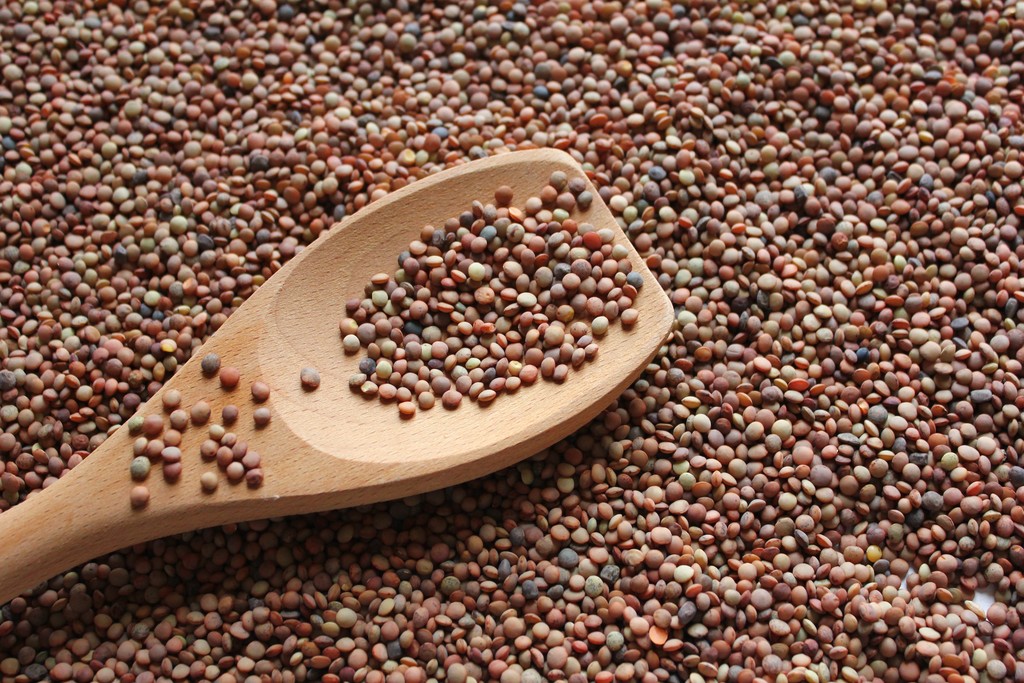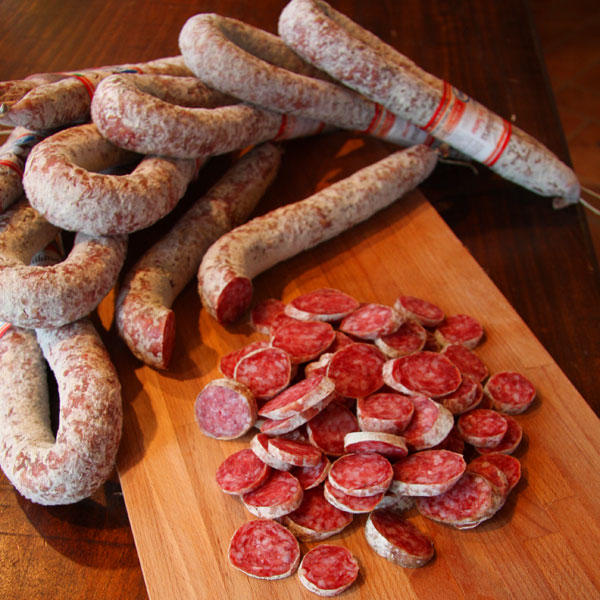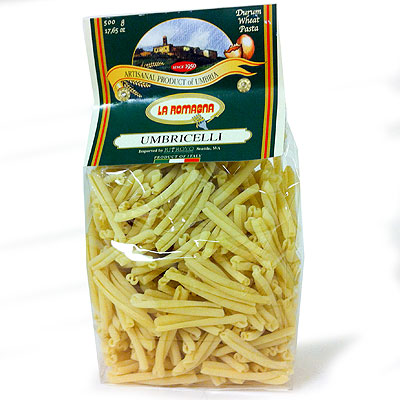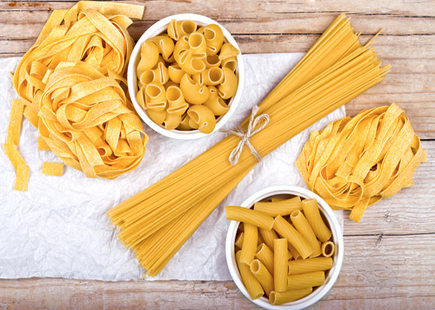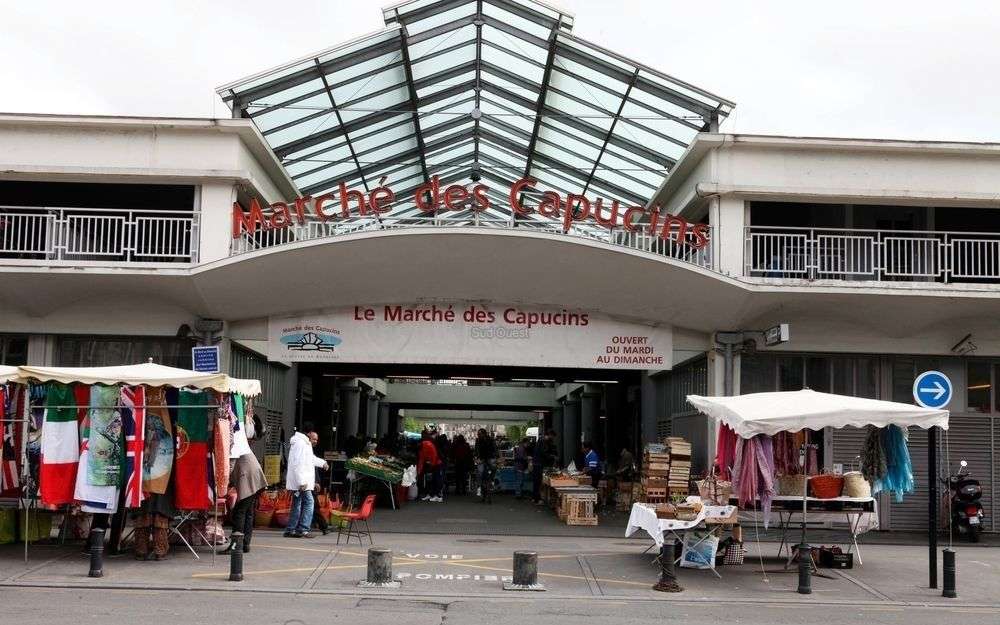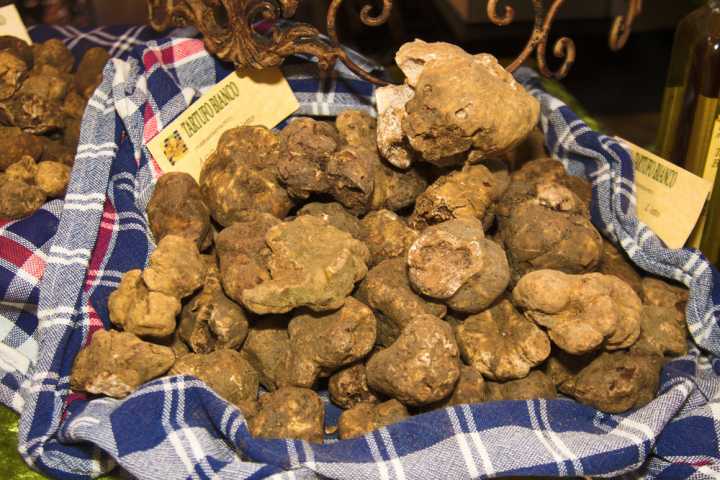Castelluccio lentil has remarkable nutritional qualities: all its protein, vitamins, fiber and minerals make it excellent for those who need a diet rich in iron, potassium and phosphorus, low in fat and very nutritious. Another important characteristic of Castelluccio lentils is their thin, tender skin, which directly allows them to be cooked without soaking, greatly reducing preparation time.
Long, cold, harsh winters allow the land to enjoy long rest protected for a few months by a white blanket of snow.
Castellucio’s winters are particularly harsh, beginning in late November and lasting until March.
At this time the snows melt, giving rise to a spring of irrepressible beauty.
Immediately after the first new moon of spring, after the snow melts, plowing work begins for the planting of lentils.
As soon as the plowing is finished, the sowing of the lentil takes place. Old farmers, on the first day of May go around the fields and perform ancestral rites to invoke protection from fire, storms, droughts and locusts.
To seal this protection they plant in each field a small cross made of olive twigs then throw blessed coals on the ground, a few drops of holy water and recite a litany to St. Benedict and St. Scholastica.
At this time the first flowering of the meadows and pastures takes place, thousands of natural flowers bloom everywhere.
After about a month, in June, the lentil-sown fields bloom with flowers of all colors: the famous Castelluccio bloom.
In July, harvesting takes place: the lentils are arranged in piles and left to dry.
Then, in August, threshing takes place.
In September, the lentils are brought to the Cooperative to be packed and distributed.
